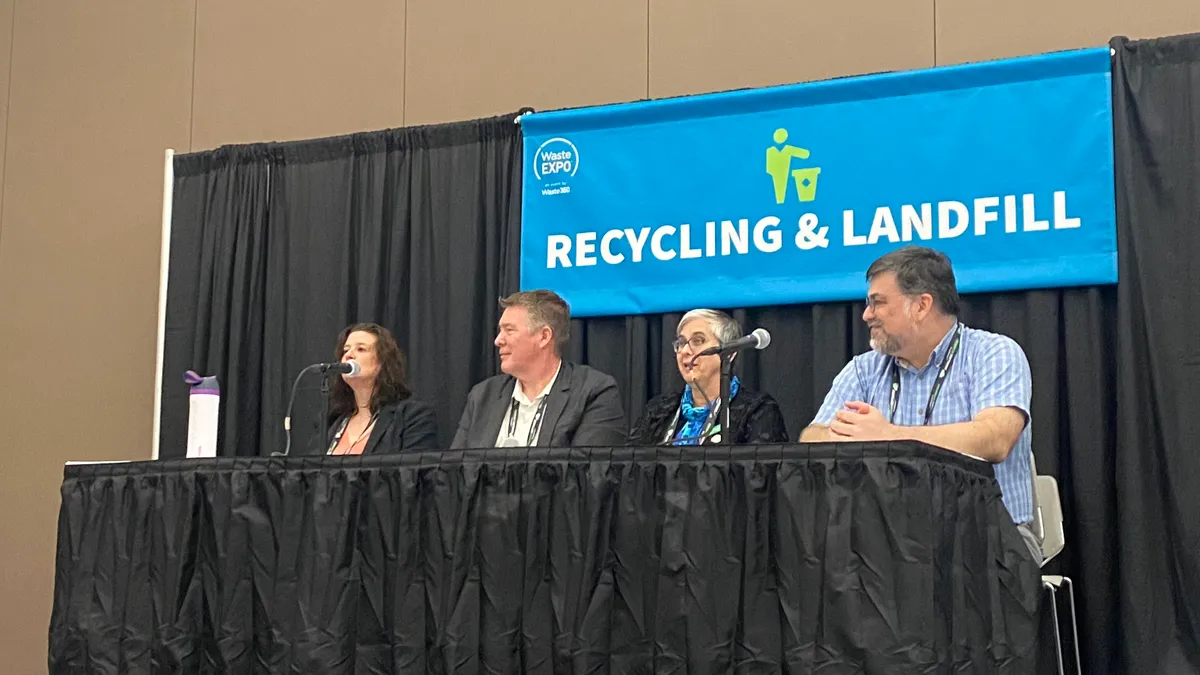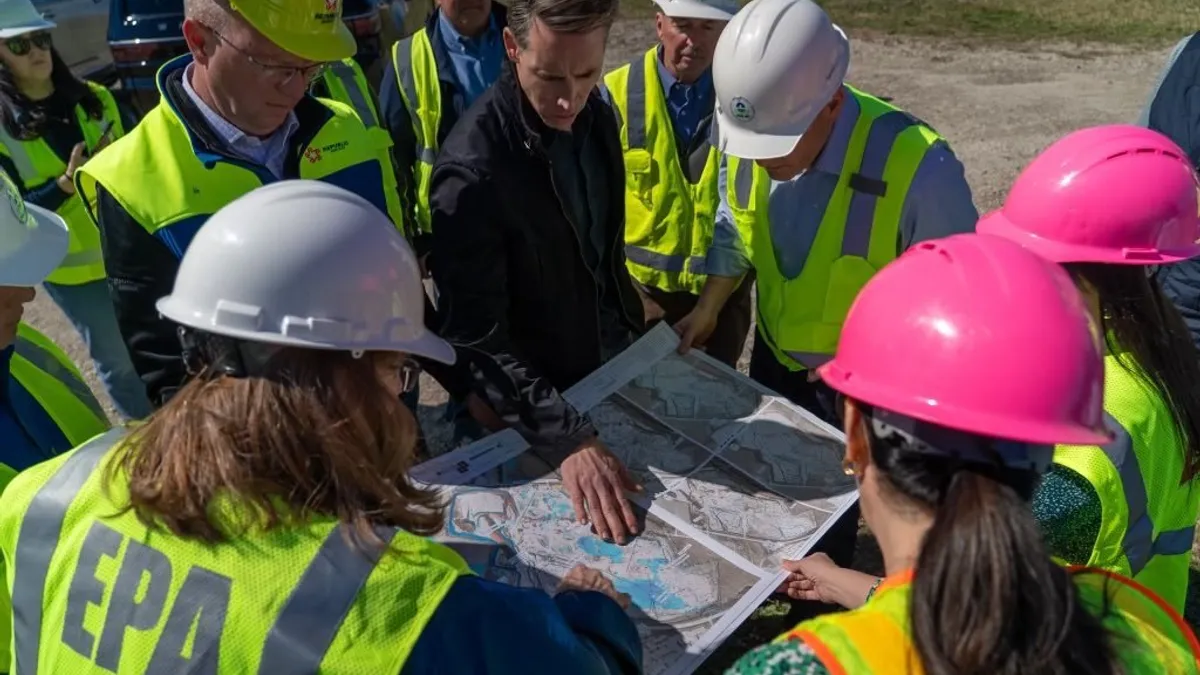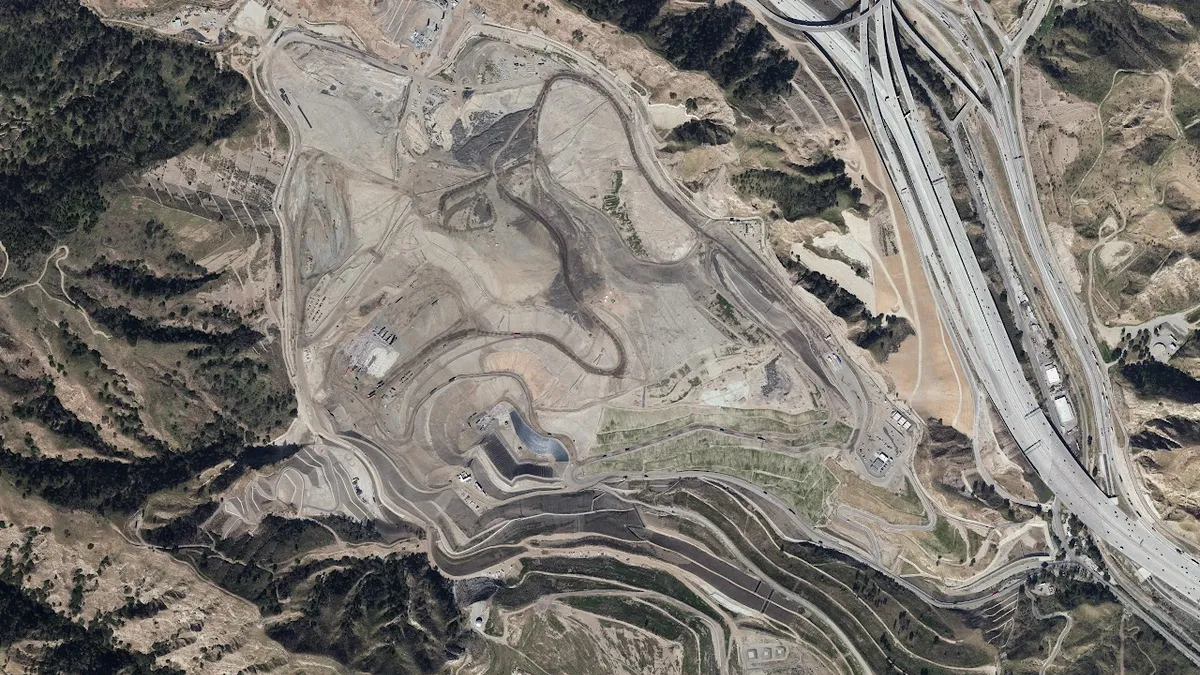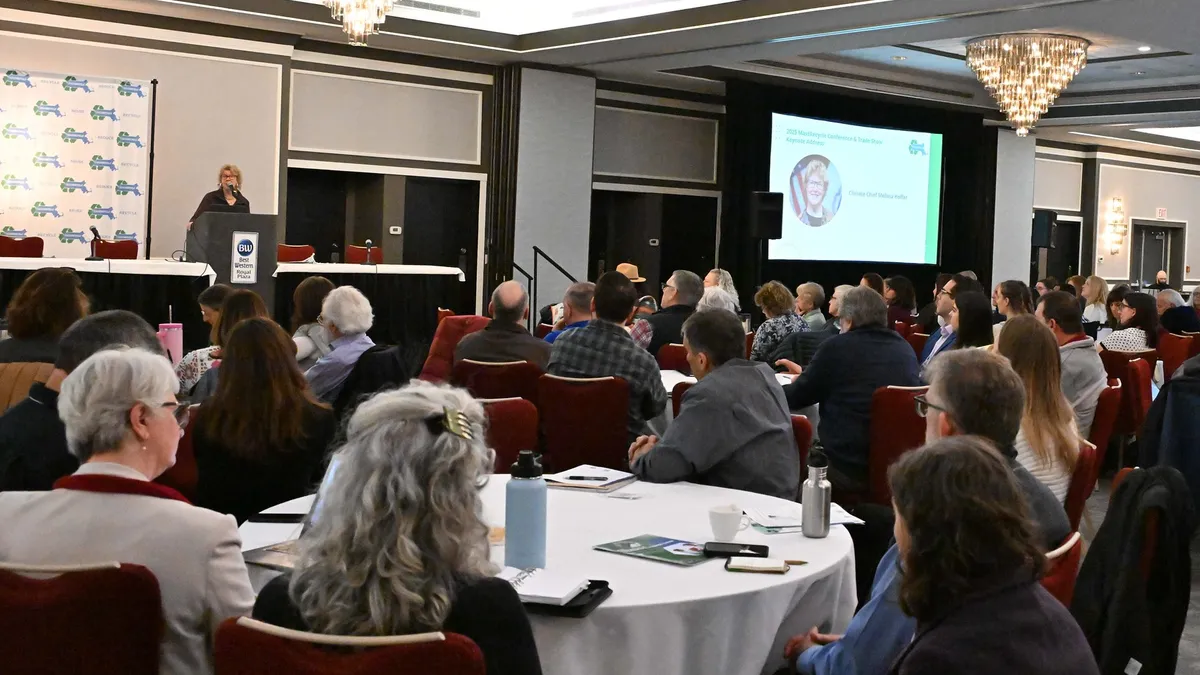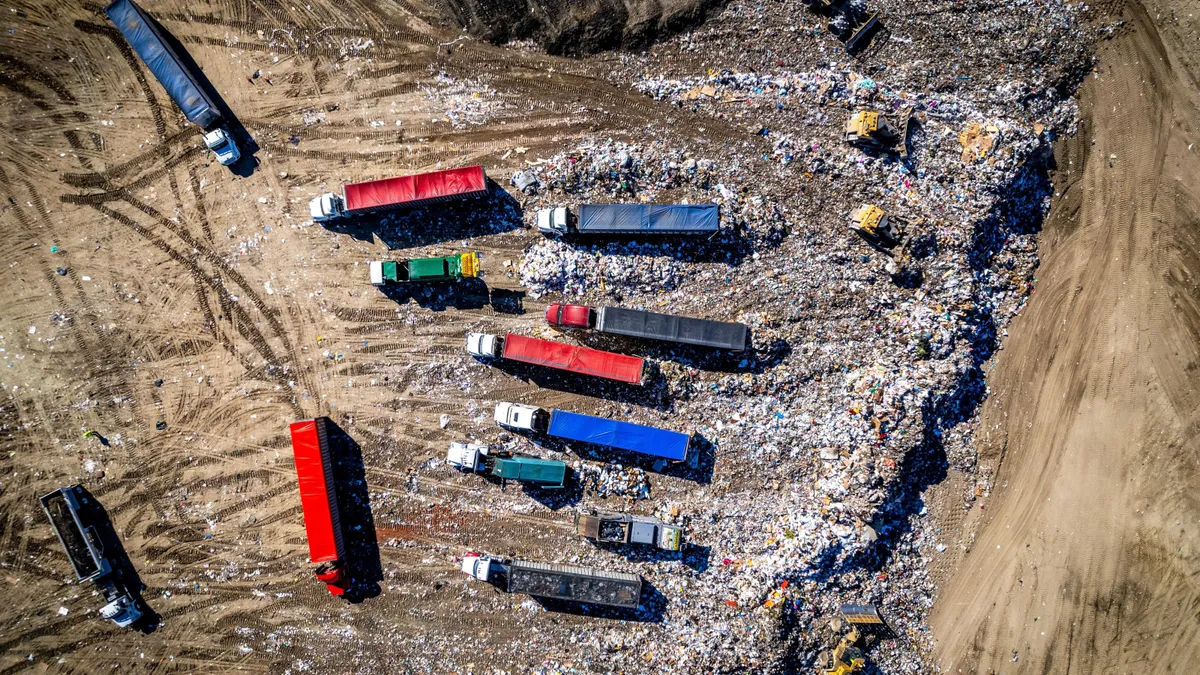PFAS has long been a topic at WasteExpo, but this year’s event was the first since the U.S. EPA set relevant new regulations, casting new light on ongoing regulatory and investment conversations at the conference.
The EPA recently set drinking water standards for certain per- and polyfluoroalkyl substances, designated PFOS and PFOA as hazardous substances, and updated destruction and disposal guidance.
Companies are still figuring out how these new regulations factor into their operations and budgets, but speakers at the conference’s investor summit and other sessions more information, insight and technology is coming every day. That’s slowly helping companies clarify their strategies and figure out their place in the overarching PFAS management space, especially as many businesses and waste associations continue to have major concerns related to liability and costs.
Several speakers pointed out that the new regulations will likely compel cleanup projects around the country, which could mean more PFAS-containing material will come to landfills.
Clean Harbors, which has positioned itself as a “total PFAS solution,” sees opportunities to be part of cleanups at locations such as military bases and airports that will need to manage PFAS-laden aqueous film forming foam, a fire suppressant. The company also offers a range of other PFAS mitigation services.
Mike Battles, Clean Harbors’ co-CEO, said PFAS management is a “growth engine” for the company, which is currently working on between $50 million to $70 million of PFAS-related projects and expects that pipeline to grow by as much as 20% per quarter in the next year. Clean Harbors expects to have a steady stream of business in part because of the long historical timeline to clean up other hazardous substances.
“We’re still finding [polychlorinated biphenyls] today” even though those chemicals have been banned for decades, he said.
Sam Nicolai, vice president of engineering and compliance for Casella Waste Systems, said the new drinking water standards will bring in more remediation-related waste. Casella currently won’t accept AFFF or remediation waste from PFAS manufacturers, but that position could change as more treatment options become available.
Meanwhile, Montrose Environmental has “invested heavily in next-generation technologies,” including a wastewater treatment facility in Maine meant to treat over a million gallons of leachate, including PFAS in such leachate, said president and CEO Vijay Manthripragada.
Prior to the EPA’s drinking water regulations coming out, Montrose was “fairly conservative” on its earnings estimates related to PFAS projects but now expects a stronger business trajectory. In 2019, the PFAS side of the business brought in between $10 million to $15 million, but Manthripragada said it has grown to between $75 million to $100 million between 2022 and 2023.
Waste companies are continuing to adjust their PFAS mitigation business decisions based on a number of factors, including the cost and availability of certain mitigation technologies, said Bryan Staley, CEO of the Environmental Research & Education Foundation. “Treatment technology is evolving. Costs are going down as we know more and more,” he said.
Ron Mittelstaedt, Waste Connections’ CEO, said the speed of technology improvements means some of the mitigation technologies the company investigated 18 months ago “are already obsolete.”
Researchers from both academic and commercial settings are collaborating on PFAS mitigation technology research, which could help address some gaps in knowledge that landfill operators are concerned about, Nicolai said. One area of focus is learning more about how PFAS escapes through landfill gas.
Citing an EPA study, Staley said about 6% of PFAS at landfills is emitted as gas, while 10% comes out as leachate, with the rest sequestered. As more scientific studies focus on PFAS pathways, landfill operators and mitigation companies will eventually benefit from insights on how best to destroy or sequester PFAS. However, some of that research is slow going, Staley said.
Lynsey Baer, chief of engineering for the Delaware Solid Waste Authority, said the changes may dramatically increase operating costs, including for public landfills and water treatment facilities. Those costs then get passed to haulers and to customers putting their trash at the curb, she said. “Some communities can afford it, but some [environmental justice] communities can’t do that at all,” she said.
Jennie Johnson, vice president and director of waste and recycling for LaBella, said private waste companies “are really out of luck” when it comes to finding funding for PFAS mitigation projects local governments have several avenues, including about $1 billion available through the 2021 federal infrastructure law, for stormwater and wastewater improvements.
Meanwhile, some landfill operators are also worried about liability costs that could come now that certain PFAS have been designated hazardous substances, and they are working to get a narrow exemption approved for their facilities. The EPA has said it does not intend to pursue publicly owned or operated municipal solid waste landfills.
Numerous speakers at WasteExpo expressed frustration that the waste industry must shoulder the costs and labor of PFAS mitigation while efforts to ban certain PFAS flounder. About 13 states have banned AFFF while several other states have banned PFAS in packaging, but some of those rules won’t fully kick in until 2030, according to Nicolai.
“We are spending so much on remediation, but not bans? ...We need to stop using these materials,” he said.
Disclosure: WasteExpo is run by Informa, the owner of Waste Dive’s publisher, Industry Dive. Informa has no influence over Waste Dive’s coverage.



